There’s no denying that Ireland is full of incredible cultural quirks and traditions, but we’d be lying if we said they’re not confusing to the UK. While the Northern Irish might understand, English, Scots, and Welsh will no doubt struggle to comprehend them. To show you what we mean, here are 16 Irish traditions the rest of the UK doesn’t quite get.
A Good Wake: Celebrating Life in Death

While we have wakes in the UK, they’re generally rather quiet, while in Ireland, they’re more of a celebration than a farewell. Friends and family gather not just to mourn but to reminisce, sharing laughter and stories over tea or whiskey, a process that the BBC claims helps with grief. The lively atmosphere, focusing on the deceased’s life rather than their death, can seem peculiar or even disrespectful to outsiders, but they’re anything but.
The Late, Late Show Craze

For over half a century, “The Late, Late Show” has been a Friday night staple in Irish households. It’s more than just a talk show; it’s a cultural touchstone where celebrity interviews mix with audience interactions and local issues. We have similar programs in the UK, but the Irish humor and cultural references usually go over our heads.
Gaelic Football: A Game Like No Other
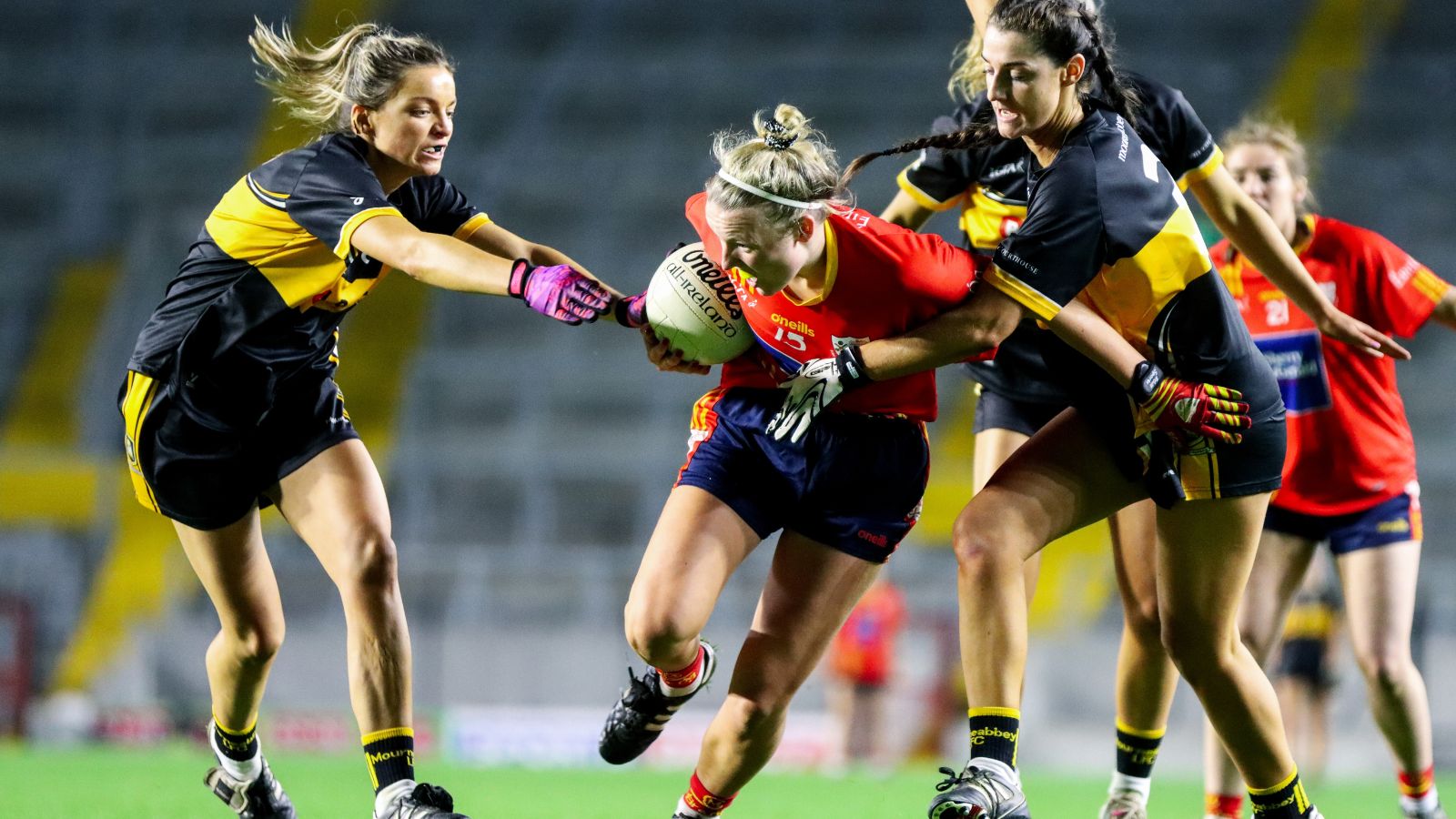
You won’t find Gaelic football anywhere else in the UK; it isn’t merely a sport in Ireland but an integral part of the nation’s identity. The game’s unique mix of skills from soccer, rugby, and even basketball, combined with fierce local rivalries, creates an atmosphere that outsiders find hard to grasp. However, the passion is impossible to ignore.
Saint Brigid’s Cross: A Symbol of Protection
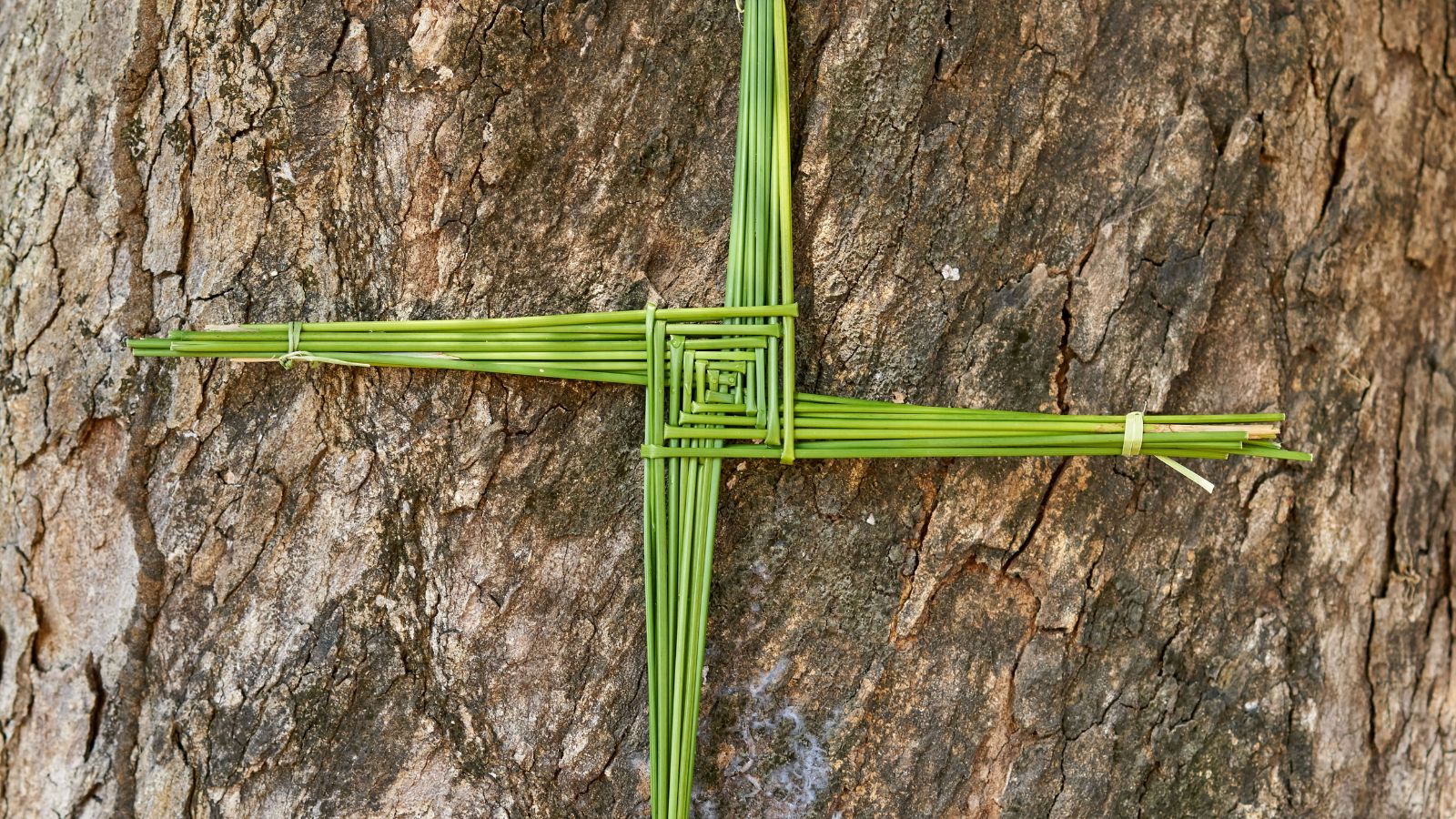
On February 1st, many Irish homes display a Saint Brigid’s Cross made from rushes. This small but significant symbol is placed above doorways to protect against evil spirits and bring blessings. The tradition, rooted in both pagan and Christian customs, is a curious one to most Brits who have never even heard of Saint Brigid.
The Irish Goodbye: Slipping Away Silently

In contrast to their famed hospitality, the Irish are also known for the “Irish Goodbye.” This is the practice of leaving a gathering without saying a formal farewell. While it may seem impolite to some, it’s often done to avoid disrupting the flow of the event, a subtle gesture of thoughtfulness.
The Craic: More Than Just Fun

In Ireland, the term “craic” is used to describe more than just fun; it’s a unique blend of conversation, humor, and entertainment that’s central to social interactions. Whether in a pub or at a family gathering, the craic comes in many levels and is something that can’t easily be translated outside Ireland, but you’ll certainly feel it as a Brit who is visiting.
Fairytale of New York: The Unofficial Christmas Anthem

While Christmas songs are beloved everywhere, in Ireland, “Fairytale of New York” by The Pogues holds a special place. This bittersweet tune is considered an essential part of the holiday season, and its popularity across the island, despite its gritty lyrics, often surprises those from other parts of the UK.
The Tradition of Turf
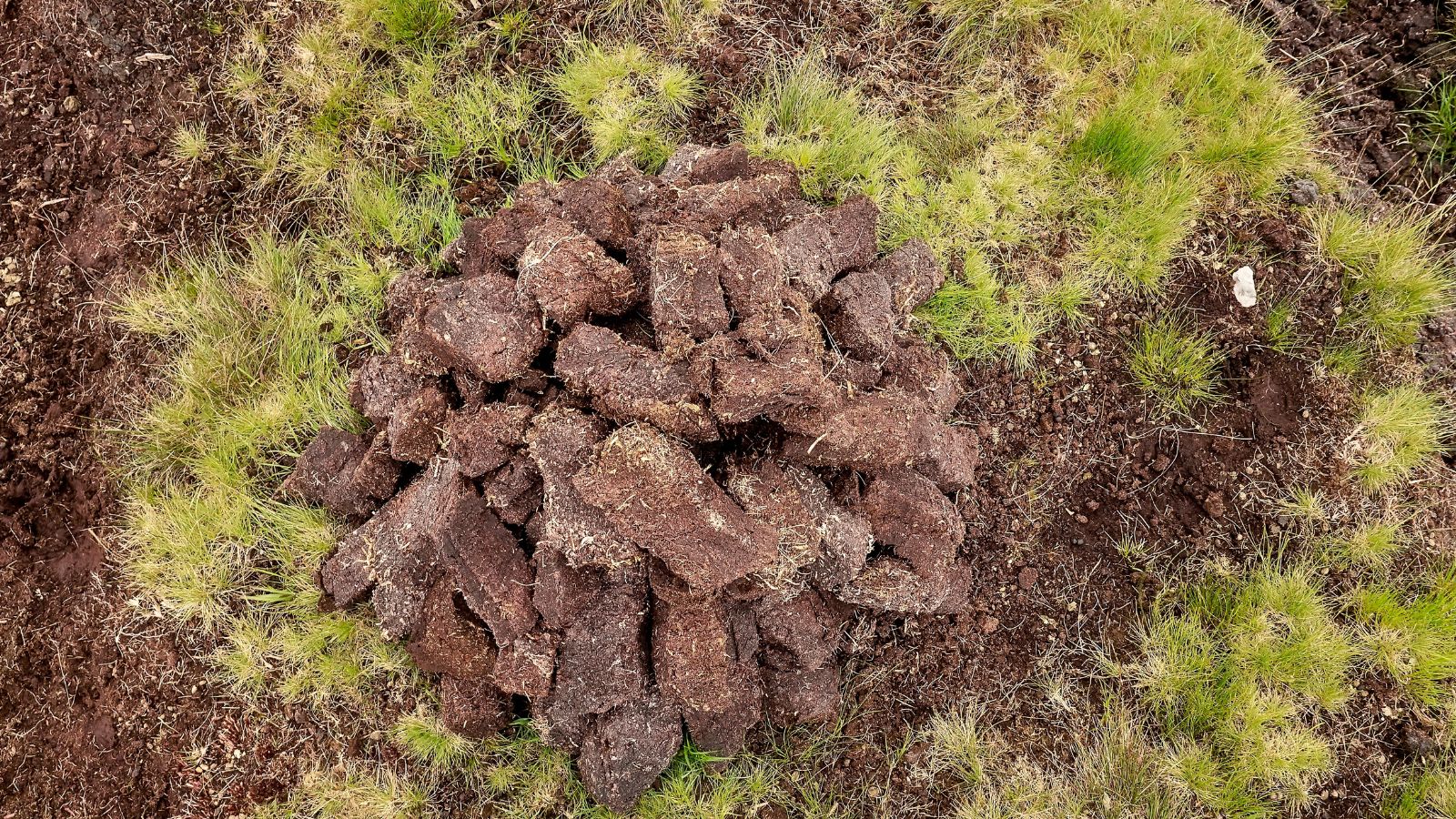
Brits are often surprised to find that burning turf, or peat, is common to heat homes in Ireland, a practice that dates back centuries. The distinctive smell and the labor-intensive process of cutting and drying turf make it a tradition steeped in history. For many, it’s more than just a way to stay warm; it’s a connection to the past that’s hard to let go of.
Blessing the House with Holy Water
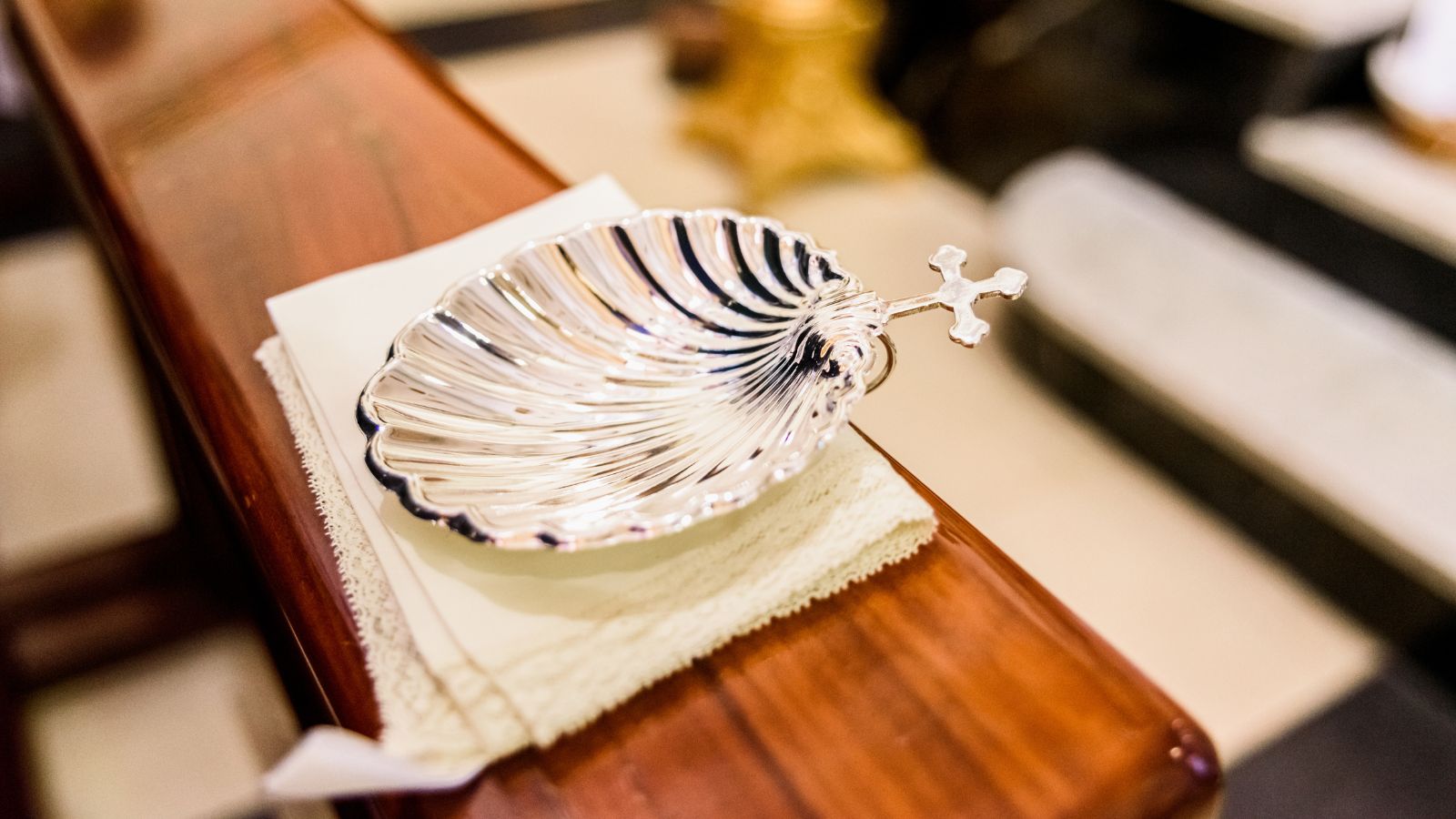
In many Irish households, sprinkling holy water around the home is a common practice, particularly at the start of the year or when moving into a new house. However, this ritual, which is believed to offer protection and bring good fortune, often baffles those unfamiliar with the deep-rooted religious customs of Ireland, especially British protestants.
The Quiet Man Pilgrimage
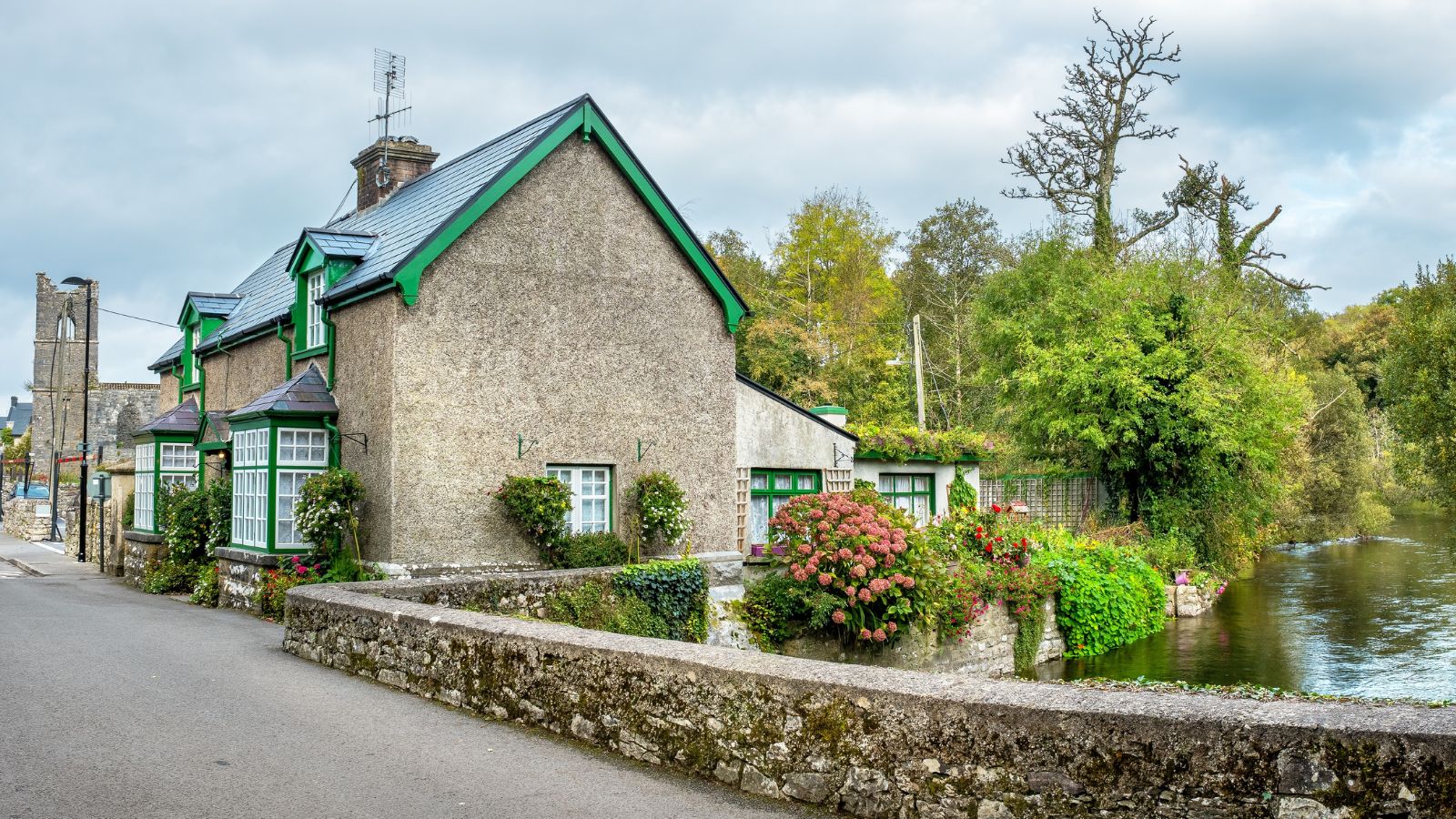
John Ford’s classic film The Quiet Man has inspired countless Irish fans to visit the small village of Cong, where much of the movie was filmed. This pilgrimage, complete with tours and reenactments, might seem odd to others, but for many Irish and Irish-Americans, it’s a way to connect with their cultural heritage.
The Tradition of the Half Door
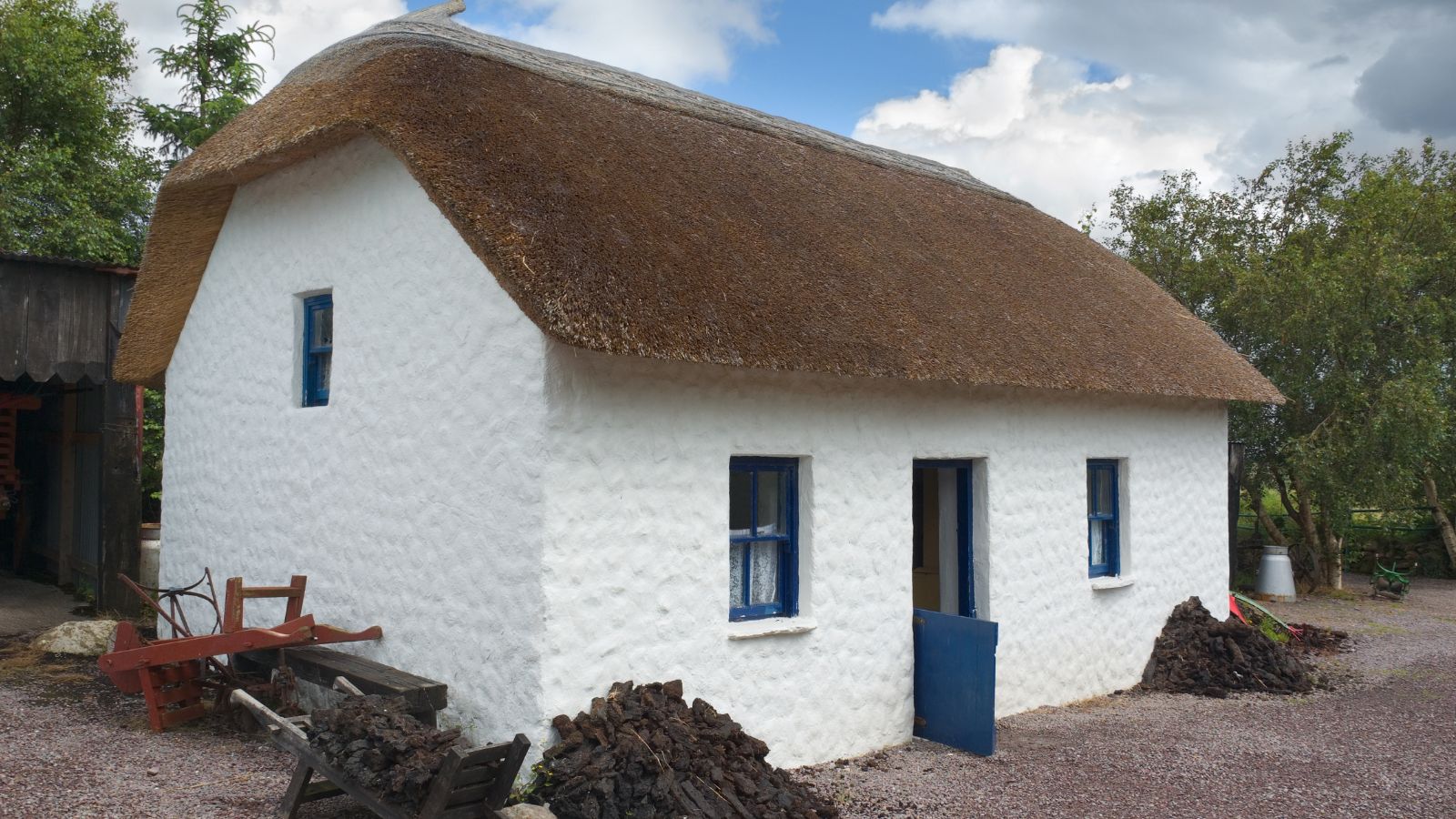
In rural Ireland, many old cottages still feature a half door, which serves as both a window and a door. This unique architectural feature allowed fresh air and light into homes while keeping animals out. Though less common today, the half door remains a charming symbol of traditional Irish living, although it’s something we don’t see in the UK.
Lá an Dreoilín: The Wren Day
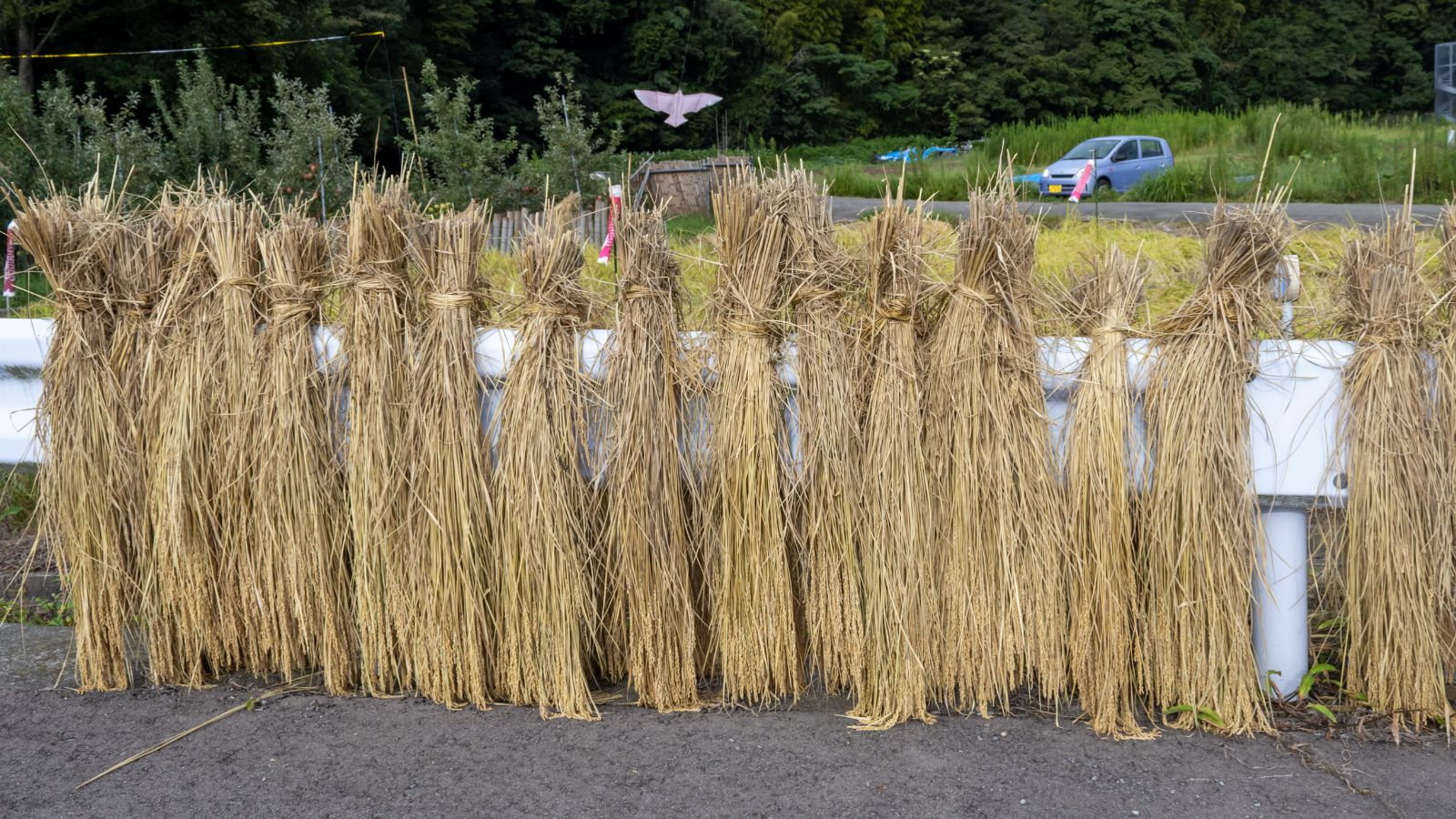
Celebrated on December 26th, Wren Day, or Lá an Dreoilín, involves groups of people dressing up in old clothes and straw suits, parading through Irish towns while playing music, and carrying a wren on a decorated pole. This quirky tradition, with its roots in ancient Celtic and Christian practices, continues to thrive in some parts of Ireland, and if British tourists stumble across it, they’ll no doubt be confused.
The Love of Folk Music

The whole of the UK has its traditional folk music, but sadly, contemporary music has largely overtaken it. Not in Ireland, though; Irish folk music can still be heard on the regular, regardless of whether you’re visiting a modern home or an old-fashioned pub. Brits often think that this is just something for tourists, but as soon as they head out into more rural areas, they’ll discover that this isn’t the case.
First Footing on New Year’s Day
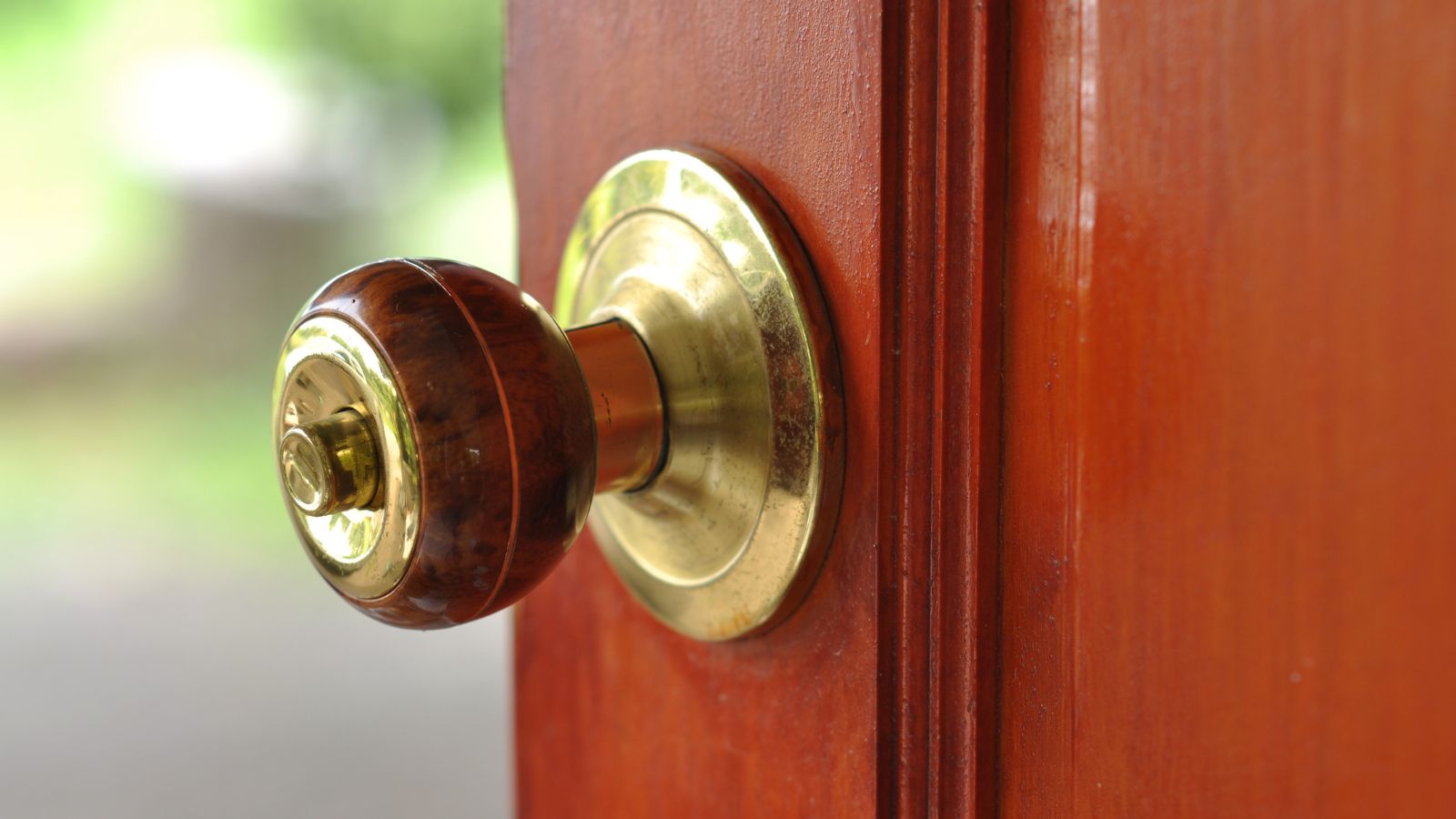
The Irish tradition of “First Footing” involves being the first person to enter a home after midnight on New Year’s Eve, bringing good luck for the coming year. The first-footer is often expected to bring gifts like coal or bread, adding a layer of ritual that’s unfamiliar to many outside Ireland.
The Art of the Toast

In Ireland, a toast is more than just raising a glass. It’s an art form, often involving a witty or heartfelt speech that sets the tone for the occasion. Whether at a wedding, a family gathering, or even a casual night out, the ability to deliver a good toast is highly valued and often admired, something that we don’t really do in the UK.
The Irish Dancing Phenomenon

Just like with Irish folk music, British tourists often think that Irish dancing is just for tourists, but this couldn’t be more wrong. With its fast footwork and stiff upper body, Irish dancing is a vibrant expression of Irish culture that is still practiced among all ages today. However, the popularity of shows like Riverdance have certainly increased its popularity, helping Brits to understand this tradition a little easier.

